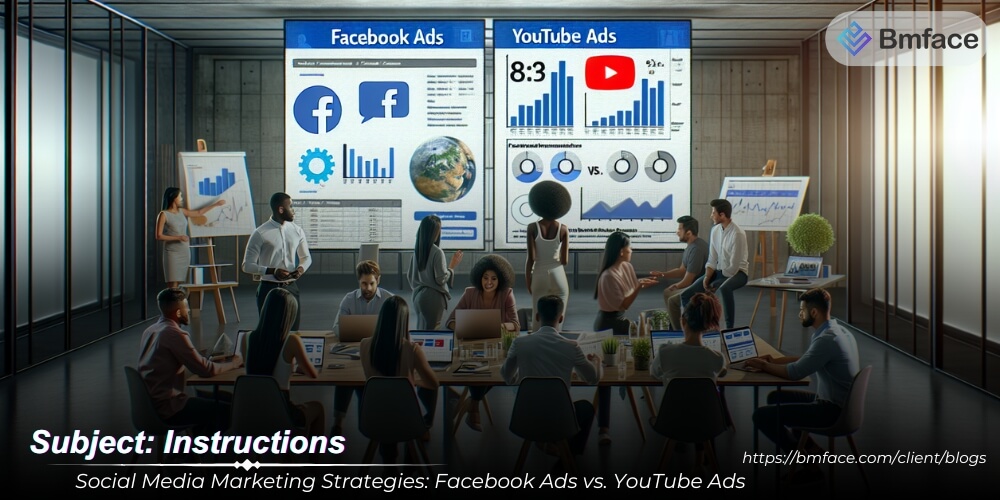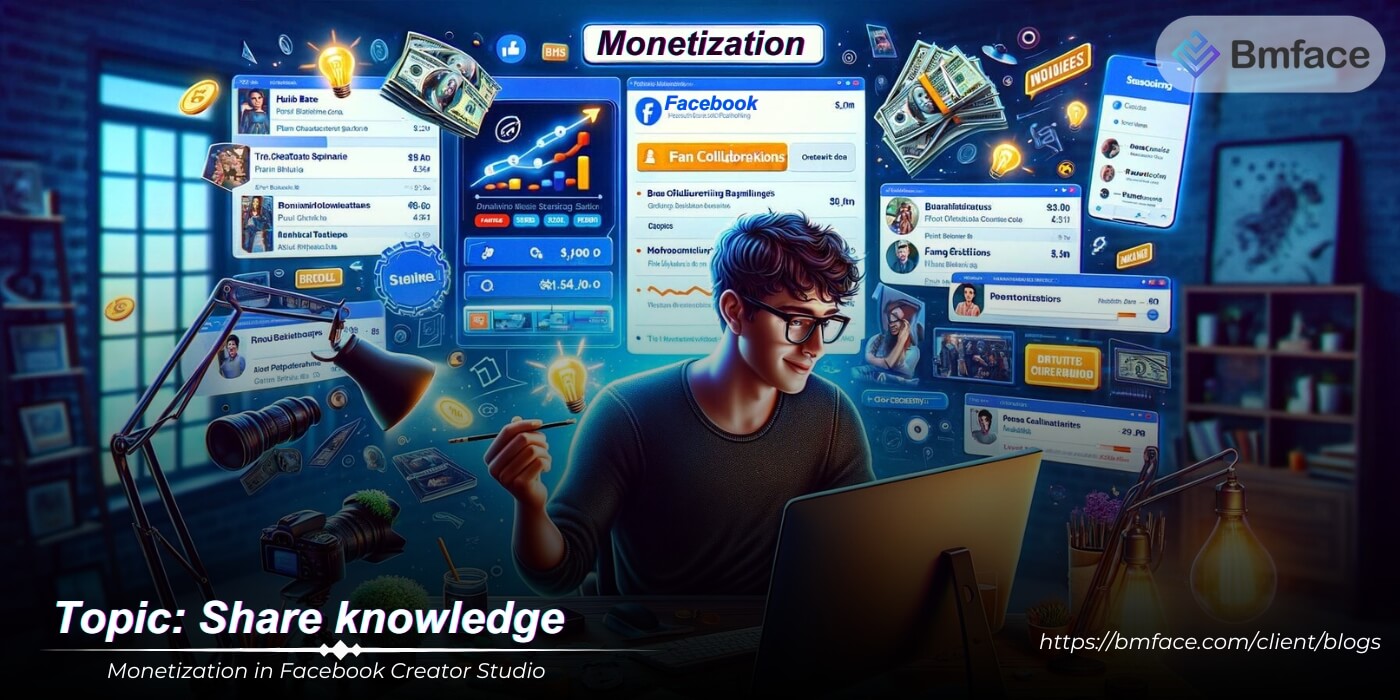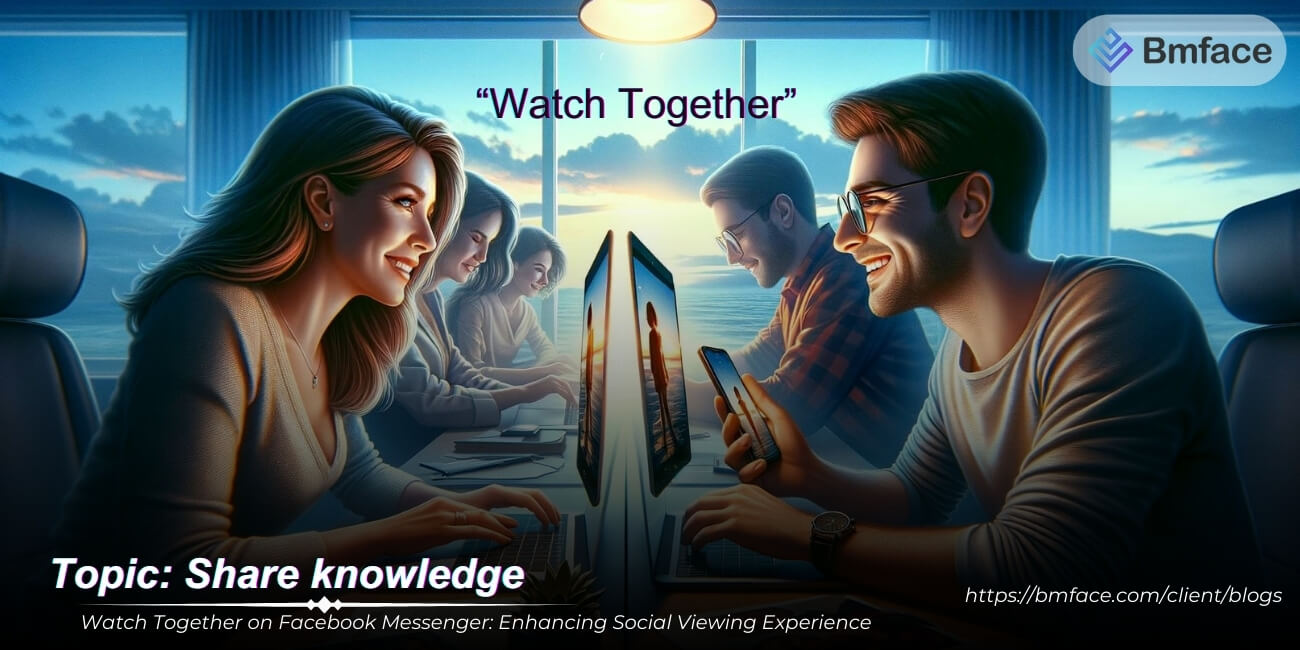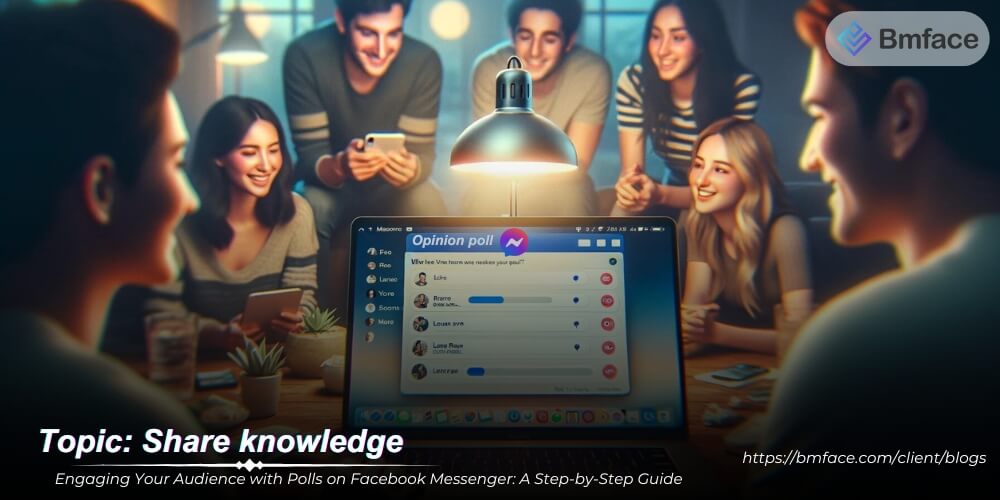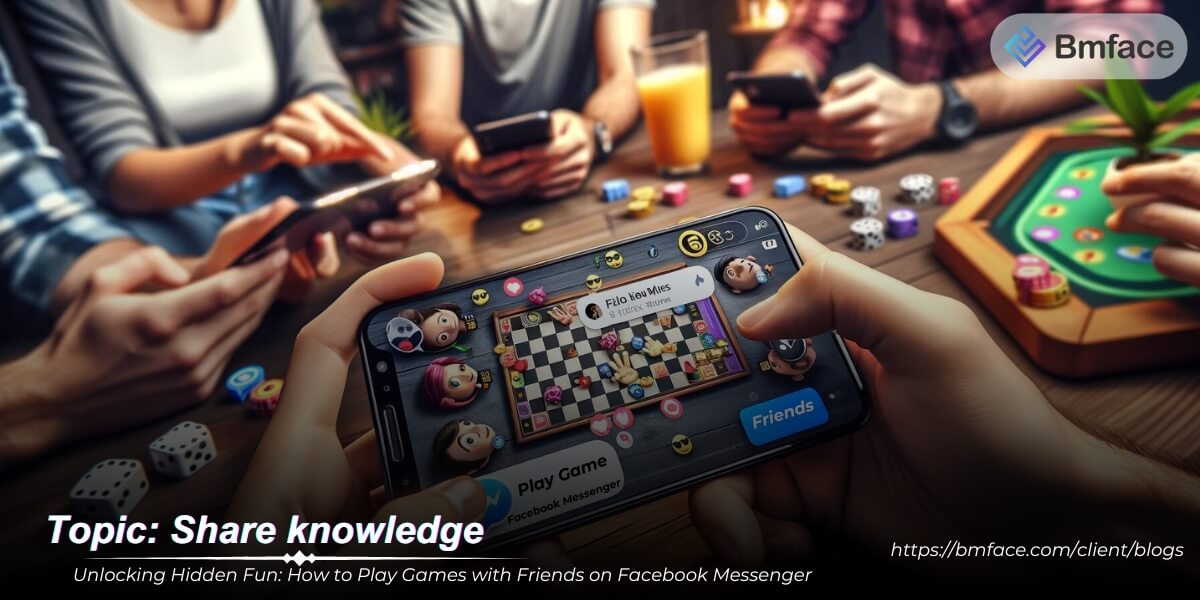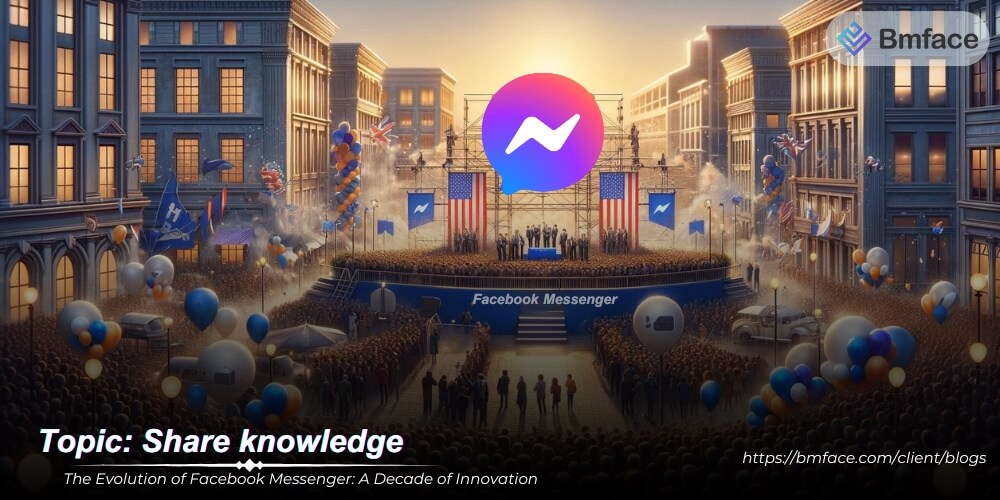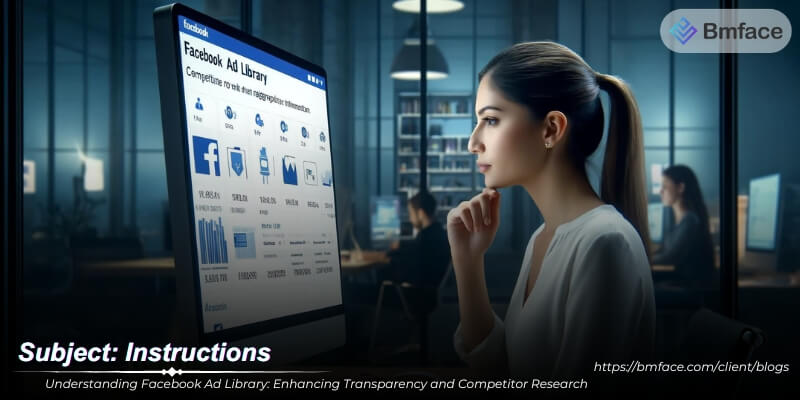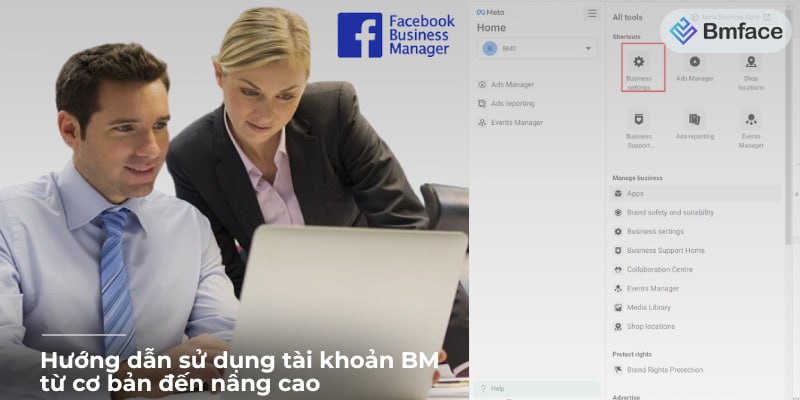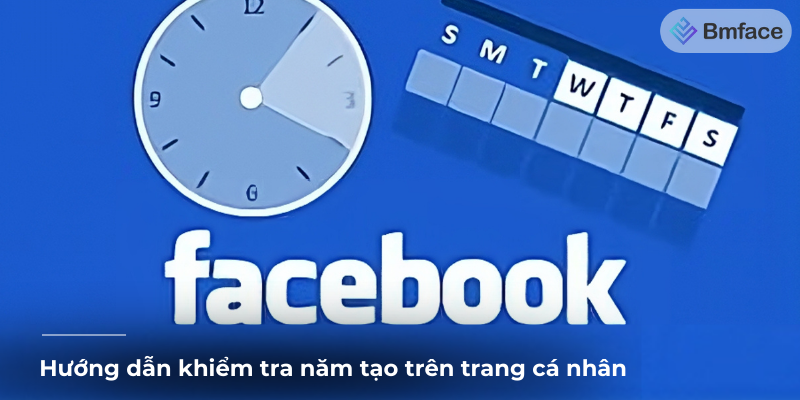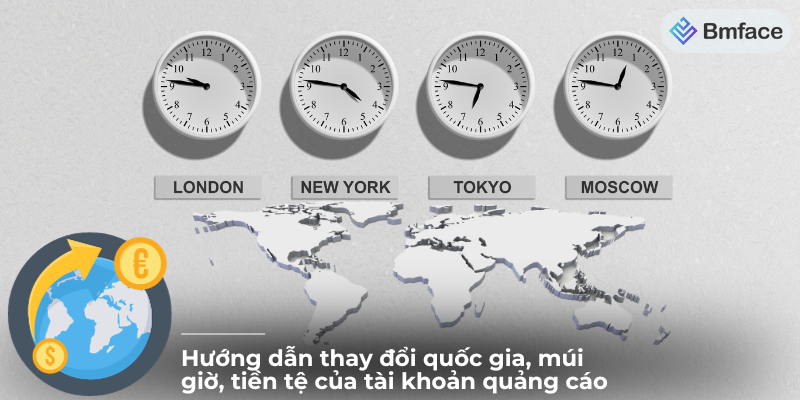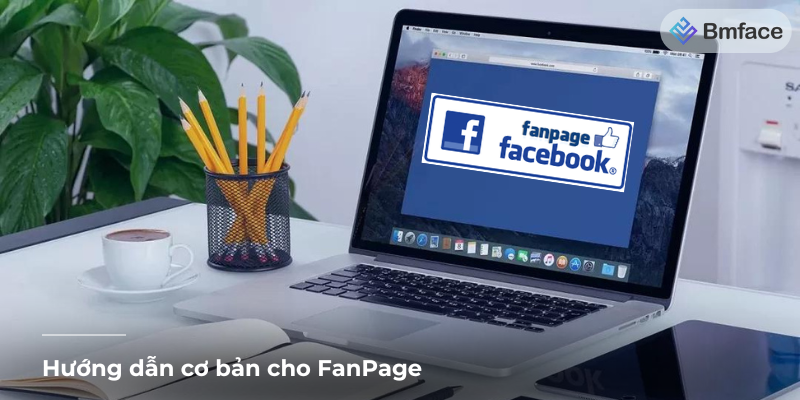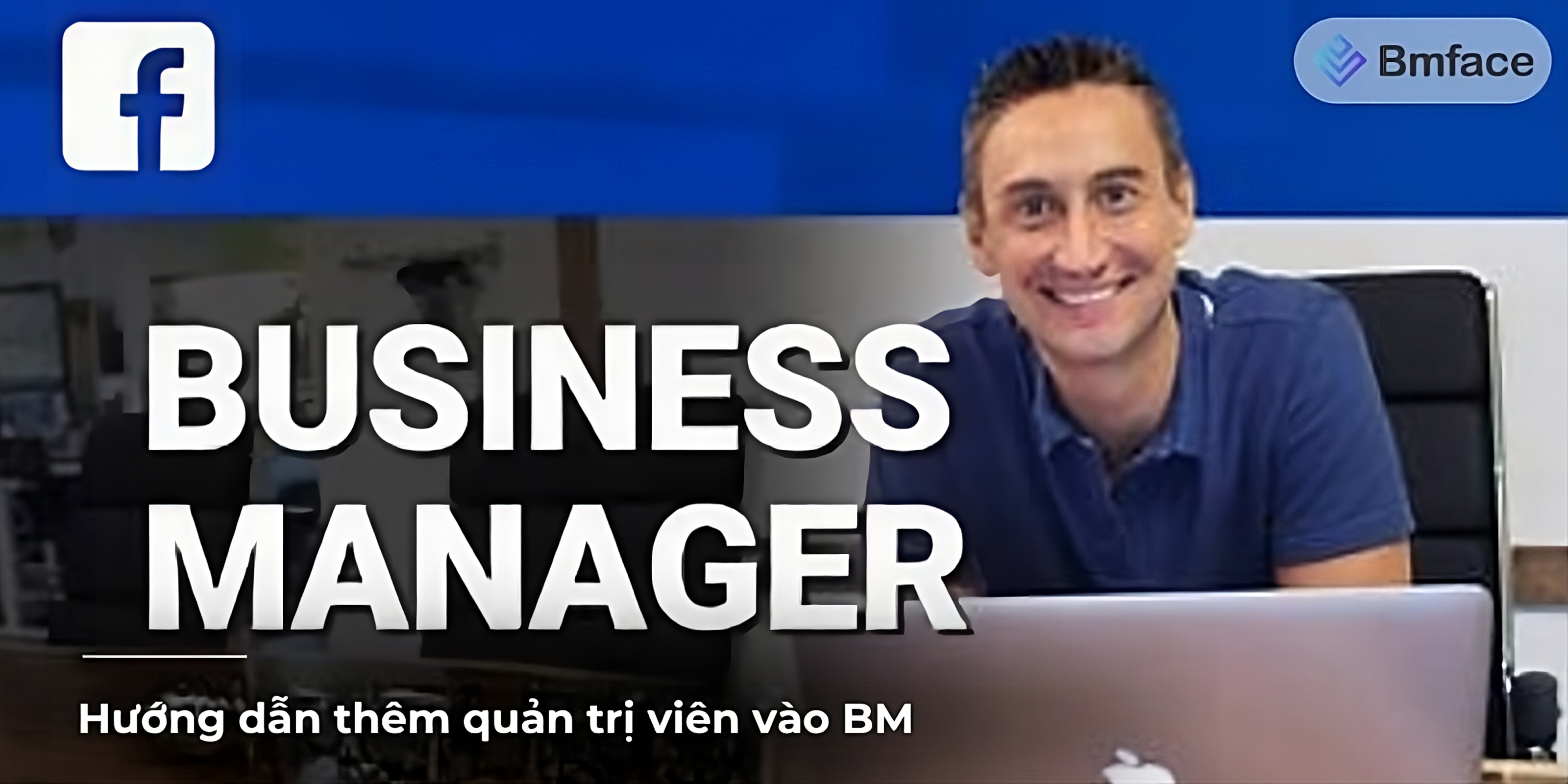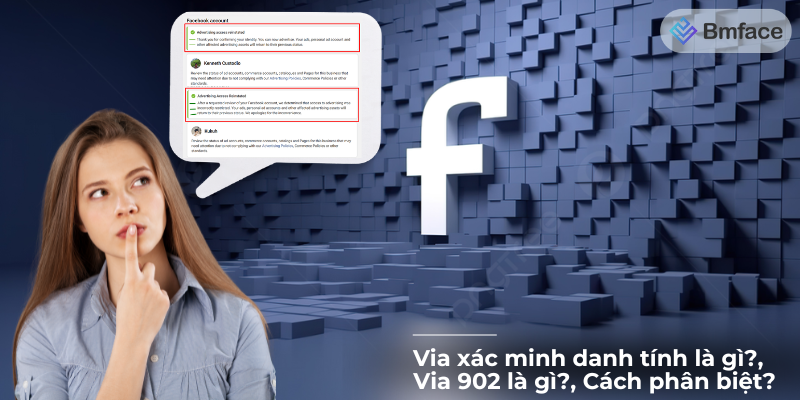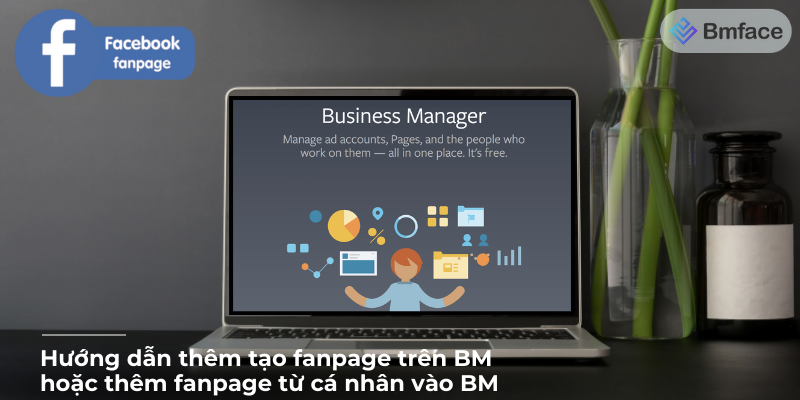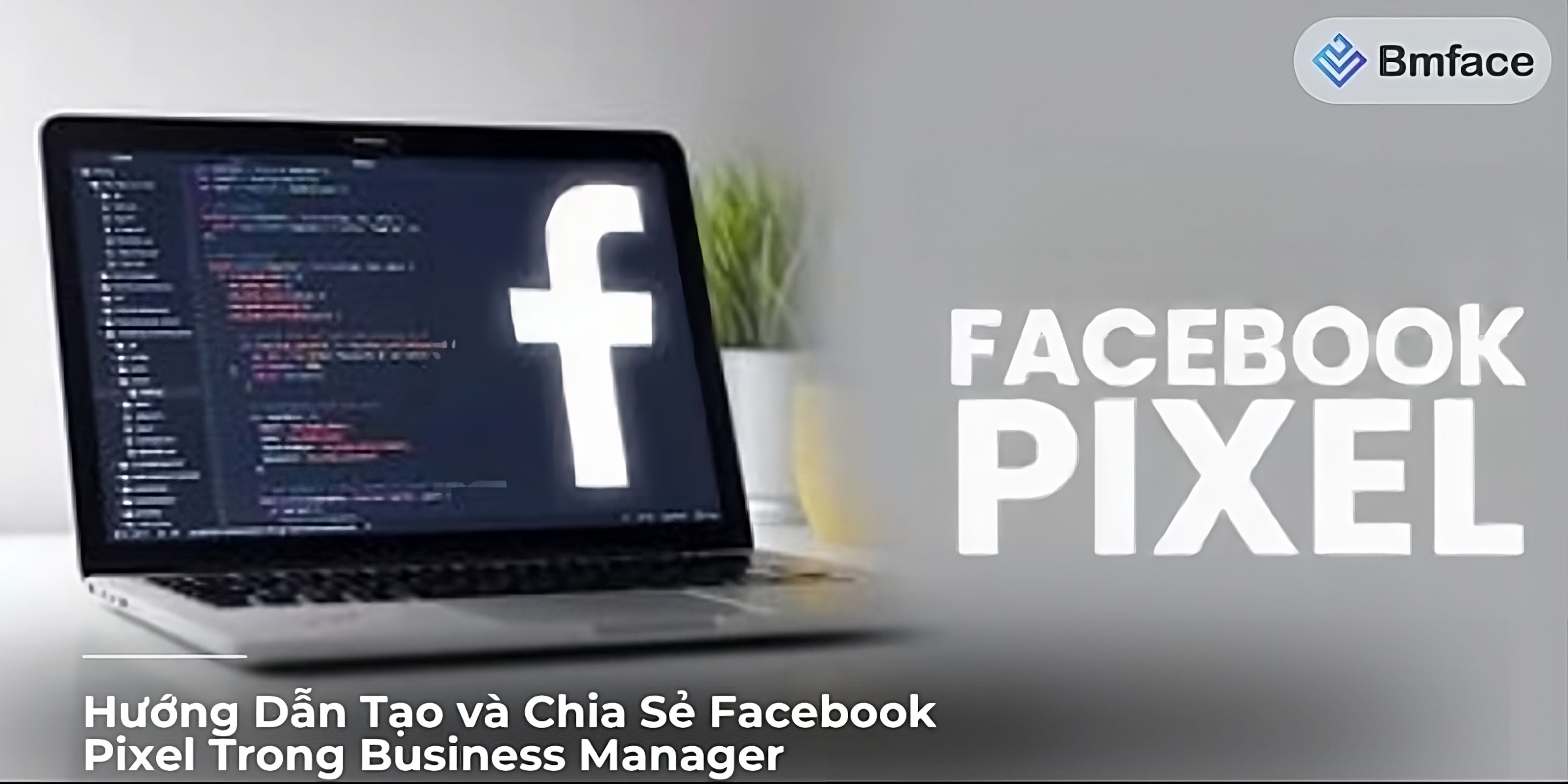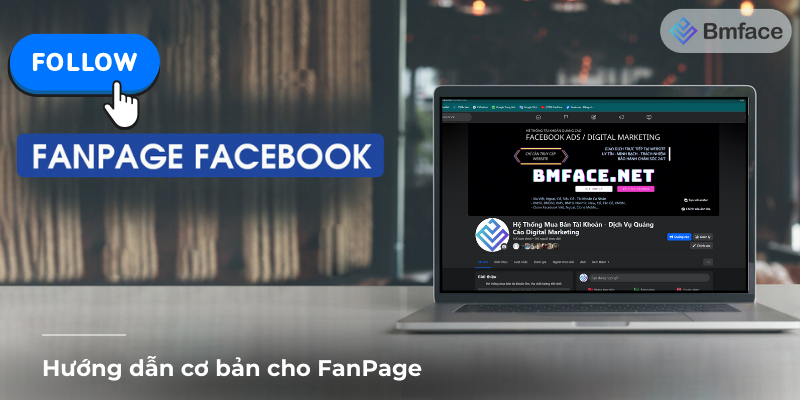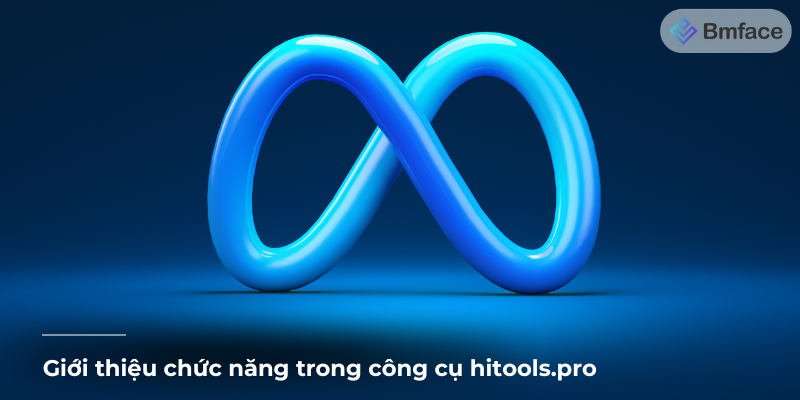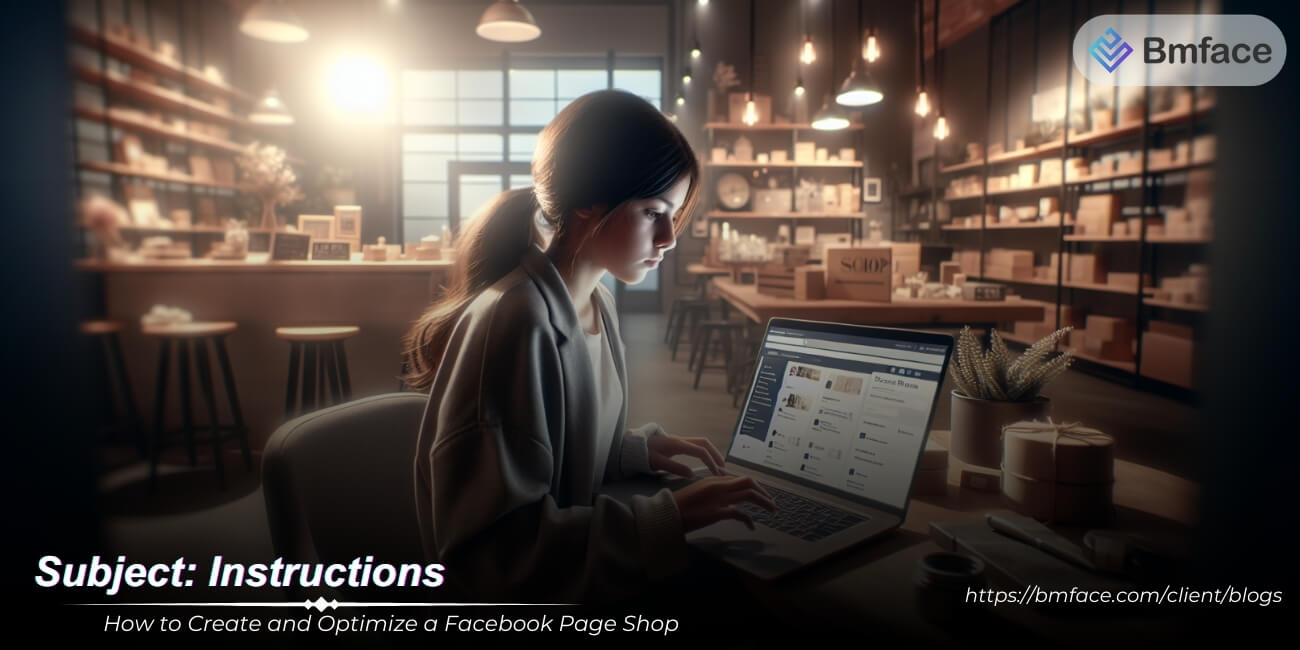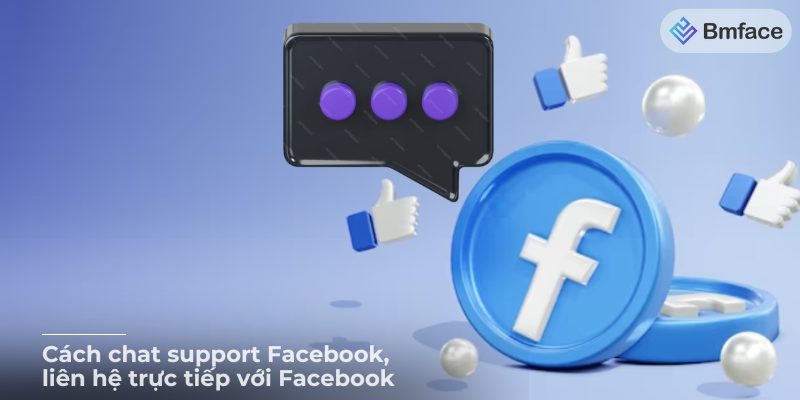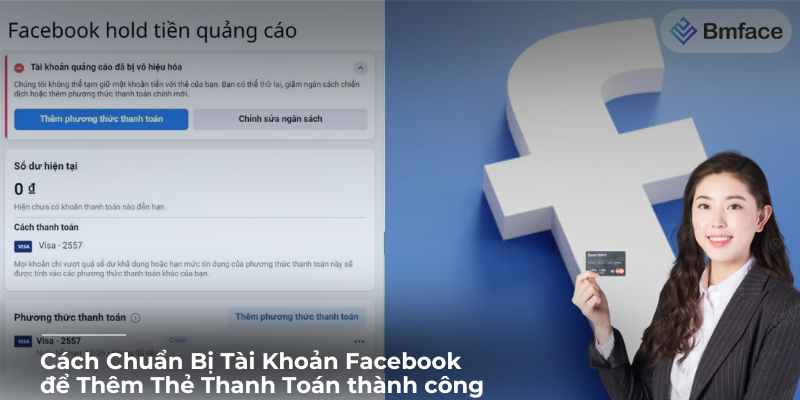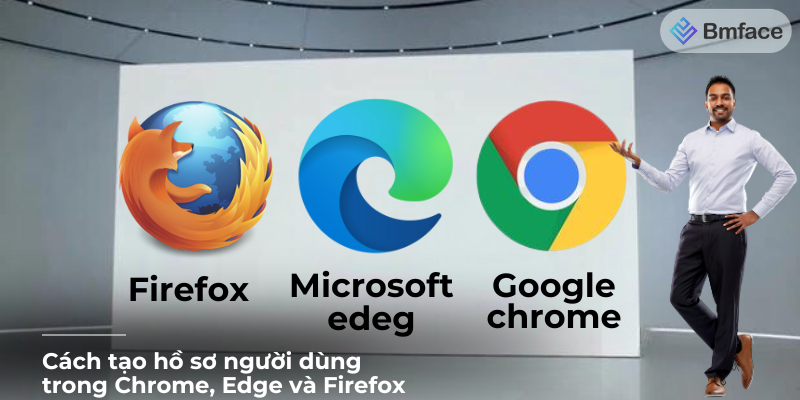In the ever-evolving digital marketing landscape, choosing the right platform for your advertising campaigns is crucial. Facebook Ads and YouTube Ads are two of the most powerful tools available to marketers. Each platform offers unique features and benefits that can help you reach your target audience effectively. This article will compare Facebook Ads and YouTube Ads, providing insight into their strengths and how to leverage them for your social media marketing strategy.

Audience Targeting
Precision Targeting on Facebook
One of the standout features of Facebook Ads is its ability to offer highly detailed targeting based on user behavior, interests, and demographics. This allows marketers to create highly personalized ad campaigns that resonate with specific audience segments:
- Behavioral Targeting: Leverage data on user activities, such as purchase behavior and device usage, to reach audiences most likely to engage with your ads.
- Interest-Based Targeting: Utilize insights into users' likes, hobbies, and other interests to deliver ads that align with their personal preferences.
- Demographic Targeting: Target users based on demographics such as age, gender, education level, and occupation, ensuring your ads reach the most relevant audience.
Leveraging Google’s Data on YouTube
YouTube Ads benefit from Google's vast data pool, enabling targeting based on search history, viewing behavior, and interests. This makes YouTube a powerful platform for reaching users with intent-based targeting:
- Search History Targeting: Utilize users' Google search history to deliver ads that match their current interests and needs, ensuring your message reaches users actively searching for related content.
- Viewing Behavior: Target users based on the types of videos they frequently watch, enabling you to align your ads with their content consumption patterns.
- Interest-Based Targeting: Leverage Google's extensive data to target users based on their broader interests and online activities, enhancing the relevance and impact of your ad campaigns.
By utilizing these advanced targeting capabilities on both Facebook and YouTube, marketers can achieve a higher level of precision and effectiveness in their advertising efforts. This ensures that ads are not only reaching the right audience but also resonating with them on a deeper, more personal level.
Ad Formats
Diverse Ad Formats on Facebook
Facebook Ads offer a variety of formats that cater to different campaign goals and creative strategies. This diversity allows marketers to select the most effective format to achieve their objectives:
- Image Ads: These are simple yet effective, using a single image to convey a message or promote a product. They are great for driving traffic and conversions with a clear and compelling visual.
- Video Ads: Video ads on Facebook can be highly engaging, allowing brands to tell a story, demonstrate a product, or share a message in a dynamic format. They can appear in the News Feed, Stories, or in-stream.
- Carousel Ads: Carousel ads let you showcase up to ten images or videos within a single ad, each with its own link. This format is ideal for displaying multiple products, highlighting different features, or creating a sequential story.
- Slideshow Ads: These ads use a series of still images to create a lightweight video ad. They are a good option for advertisers with limited video production capabilities.
- Collection Ads: Collection ads are designed for mobile devices, allowing users to browse products directly from the ad. They combine a cover image or video with multiple product images below.
- Instant Experience (formerly Canvas) Ads: These full-screen ads load instantly and can include a mix of images, videos, carousels, and text to create an immersive experience.
Video-Centric Ads on YouTube
YouTube Ads primarily focus on video formats, offering various options that are highly engaging and effective for storytelling. These video-centric formats include:
- Skippable In-Stream Ads: These ads play before, during, or after other videos and can be skipped after five seconds. They are ideal for delivering a concise message with the option for viewers to continue watching if they are interested.
- Non-Skippable In-Stream Ads: These ads must be watched before the viewer can continue to their video. They are typically 15-20 seconds long and are effective for ensuring your entire message is seen.
- Bumper Ads: These are short, non-skippable ads up to six seconds long. They are designed to deliver quick, memorable messages and work well for brand awareness campaigns.
- Sponsored Cards: These ads display content relevant to the video being watched, such as products featured in the video. They appear as a small teaser and can be expanded by viewers.
- Overlay Ads: These are semi-transparent overlay ads that appear on the lower 20% of the video. They are available only on the desktop and provide a less intrusive way to advertise.
By leveraging the diverse ad formats on Facebook and the video-centric options on YouTube, marketers can create highly effective campaigns tailored to their specific goals and audience preferences.
Cost and Budgeting
Cost Structures on Facebook
Facebook Ads offer flexible cost structures that cater to different budgeting needs and campaign objectives. The primary cost structures include:
- Cost-Per-Click (CPC): With CPC, you pay each time a user clicks on your ad. This model is ideal for driving traffic to your website or landing page, as you only incur costs when someone takes action.
- Cost-Per-Impression (CPM): CPM, or cost per thousand impressions, charges you based on the number of times your ad is shown. This model is effective for brand awareness campaigns where the goal is to reach as many people as possible.
- Cost-Per-Action (CPA): CPA pricing means you pay when a user completes a specific action, such as signing up for a newsletter or making a purchase. This model is beneficial for conversion-focused campaigns.
- Bid Strategies: Facebook also offers various bid strategies such as manual bidding and automatic bidding. Automatic bidding helps you get the most results for your budget, while manual bidding gives you more control over how much you are willing to pay per click or impression.
- Daily and Lifetime Budgets: Advertisers can set daily budgets to control how much they spend each day, or lifetime budgets to manage the total spend for the duration of the campaign. This flexibility allows for precise budget management.
Cost Structures on YouTube
YouTube Ads primarily use a cost-per-view (CPV) pricing model, which is particularly advantageous for video content. Key cost structures include:
- Cost-Per-View (CPV): With CPV pricing, you only pay when a user watches your video ad for at least 30 seconds (or the full duration if the ad is shorter than 30 seconds) or interacts with your ad, such as clicking on a call-to-action overlay, card, or companion banner. This ensures you only pay for engaged views.
- Cost-Per-Impression (CPM): Similar to Facebook, YouTube also offers CPM pricing where you pay based on the number of impressions. This model is useful for campaigns aimed at reaching a large audience.
- Maximize Conversions: YouTube Ads offer automated bidding strategies like Maximize Conversions, which uses machine learning to optimize your bids for the highest conversion volume within your budget.
- Target CPA (Cost-Per-Acquisition): This automated bidding strategy allows you to set a target cost-per-acquisition, and YouTube's algorithm adjusts your bids to get as many conversions as possible at or below that cost.
By understanding and utilizing these cost structures, marketers can better manage their budgets and optimize their ad spend on both Facebook and YouTube. The flexibility in pricing models allows for strategic allocation of funds based on specific campaign goals, ensuring maximum return on investment.
Engagement and Interaction
Higher Engagement on Facebook
Facebook Ads are renowned for their ability to foster high levels of user engagement due to the platform's interactive features. Key points include:
- Interactive Elements: Users can interact with ads by liking, commenting, sharing, and reacting with various emojis. This interactivity can significantly boost engagement rates and create a dynamic interaction between the brand and its audience.
- Polls and Quizzes: Facebook offers ad formats that include polls and quizzes, encouraging direct participation from users. This not only increases engagement but also provides valuable insights into user preferences and opinions.
- Messenger Integration: Ads can be integrated with Facebook Messenger, allowing users to start a conversation with the brand directly from the ad. This can lead to more personalized interactions and a higher likelihood of conversion.
- User-Generated Content: Brands can encourage users to create and share their own content related to the ad, fostering a sense of community and further boosting engagement.
Video Engagement on YouTube
YouTube Ads excel in driving engagement through compelling video content, though the interaction tends to be more straightforward compared to Facebook. Key points include:
- Engaging Video Content: Video ads can captivate viewers with storytelling, visuals, and audio, leading to high engagement rates. The immersive nature of video content can evoke emotional responses and leave a lasting impression.
- Likes, Comments, and Shares: Users can engage with video ads by liking, commenting, and sharing them. These interactions can increase the video's visibility and encourage further engagement from other viewers.
- Call-to-Action Overlays: YouTube Ads can include call-to-action overlays that prompt users to visit a website, sign up for a newsletter, or take other actions. These overlays enhance the interactive potential of video ads.
- Annotations and End Screens: Advertisers can use annotations and end screens to encourage viewers to watch additional videos, subscribe to the channel, or visit external links, increasing overall engagement with the brand's content.
By understanding the unique engagement and interaction dynamics of Facebook and YouTube Ads, marketers can tailor their strategies to maximize user involvement and achieve their campaign objectives. Facebook's diverse interactive features can drive extensive user engagement, while YouTube's compelling video content can effectively capture and maintain viewer attention.
Analytics and Metrics

Insights from Facebook Ads Manager
Facebook Ads Manager provides a robust suite of analytics tools that allow marketers to gain deep insights into their ad performance. Key features include:
- Detailed Performance Metrics: Track metrics such as reach, impressions, engagement (likes, comments, shares), and conversions. These metrics provide a comprehensive view of how your ads are performing and which aspects of your campaign are resonating with your audience.
- Audience Insights: Gain valuable information about the demographics, interests, and behaviors of your audience. This data helps in refining targeting strategies and creating more personalized ad content.
- Conversion Tracking: Measure actions taken by users after clicking on your ad, such as website visits, purchases, and sign-ups. This helps in understanding the effectiveness of your ads in driving desired outcomes.
- Custom Reports: Create custom reports to focus on the metrics that matter most to your campaign objectives. This flexibility allows for tailored analysis and better decision-making.
- A/B Testing: Conduct split tests to compare different versions of your ads and determine which performs best. This helps in optimizing creative elements and targeting strategies for improved results.
Insights from YouTube Analytics
YouTube Analytics offers powerful tools to help marketers understand the performance of their video ads. Key features include:
- Views and Watch Time: Track the number of views and the total watch time for your videos. These metrics indicate how well your content is capturing and retaining audience attention.
- Audience Retention: Analyze how viewers are engaging with your video over time. High retention rates indicate that viewers are watching your content until the end, which is a positive sign of engagement.
- Demographic Data: Gain insights into the age, gender, and geographic location of your viewers. This information helps in tailoring your content to better suit your audience.
- Traffic Sources: Understand where your views are coming from, whether it’s search results, suggested videos, external websites, or direct links. This helps in identifying the most effective channels for driving traffic to your videos.
- Engagement Metrics: Track likes, comments, shares, and other interactions with your videos. These metrics help gauge how well your content is resonating with viewers and driving engagement.
- Click-Through Rates (CTR): Measure the effectiveness of your call-to-action overlays and annotations. High CTRs indicate that viewers are taking the desired actions after watching your video.
By leveraging the detailed analytics and metrics provided by Facebook Ads Manager and YouTube Analytics, marketers can make data-driven decisions to optimize their ad campaigns. Understanding the performance of your ads on these platforms helps in refining strategies, improving engagement, and ultimately achieving better results.
Ad Placement

Versatile Placements on Facebook
Facebook Ads offer a wide range of placement options, allowing marketers to strategically position their ads for maximum visibility and impact. Key placement options include:
- News Feed: Ads in the news feed appear directly within the user's main feed, making them highly visible and integrated with the user's experience. These placements are effective for capturing attention and driving engagement.
- Stories: Full-screen ads in Facebook Stories offer an immersive experience. They are particularly effective for visually engaging content and can be a great way to reach users in a more casual and personal context.
- Right-Hand Column: Ads in the right-hand column are displayed alongside the main content on desktop versions of Facebook. These ads can be useful for reinforcing messages and providing additional touchpoints for users.
- Marketplace: Ads in Facebook Marketplace reach users who are actively shopping and browsing for products. This placement is ideal for promoting retail and e-commerce offerings.
- In-Stream Videos: Ads within video content on Facebook allow you to reach users while they are watching videos. These ads can capture the attention of users who are already engaged with video content.
- Search Results: Ads in Facebook search results reach users who are actively looking for specific content, increasing the likelihood of relevant interactions.
Strategic Placements on YouTube

YouTube Ads leverage various strategic placements to maximize their impact. Key placement options include:
- Pre-Roll Ads: These ads play before the main video content. Pre-roll ads are often skippable after a few seconds, making it crucial to capture the viewer's attention quickly.
- Mid-Roll Ads: These ads are inserted during longer videos, similar to traditional TV commercial breaks. They are effective for reaching viewers who are already engaged with the content.
- Post-Roll Ads: These ads appear after the main video content has finished. While they may have lower engagement rates, they can still be useful for reinforcing messages.
- In-Stream Non-Skippable Ads: These ads must be watched in full before the viewer can access the main video. They ensure full message delivery but should be compelling to avoid frustrating the viewer.
- Bumper Ads: These are short, non-skippable ads lasting up to six seconds. Bumper ads are ideal for brief, impactful messages and brand awareness campaigns.
- Sponsored Cards: These cards display content relevant to the video, such as products featured in the video. They appear as teasers for additional content and can drive engagement and conversions.
- Discovery Ads: These ads appear in YouTube search results and alongside related videos. Discovery ads are effective for reaching users who are actively searching for specific content.
- Masthead Ads: These ads are prominently displayed on the YouTube homepage, providing massive exposure. They are ideal for major brand announcements and high-impact campaigns.
By understanding and utilizing the versatile ad placements on Facebook and the strategic ad placements on YouTube, marketers can effectively position their ads to reach their target audiences and achieve their campaign goals.
Creative Flexibility
Creative Freedom on Facebook
Facebook Ads provide extensive creative flexibility, enabling marketers to employ a variety of creative strategies to engage their audience. This flexibility includes:
- Images: Static image ads can be used to convey a clear and impactful message quickly. High-quality visuals can grab attention and communicate your brand’s message effectively.
- Videos: Video ads on Facebook allow for dynamic storytelling and can range from short clips to longer, more detailed videos. They are particularly effective in capturing attention and driving engagement.
- Text: Combining images or videos with compelling text can enhance the message. Text elements can include headlines, descriptions, and call-to-action (CTA) buttons, all of which can be customized to suit your campaign objectives.
- Carousel Ads: These ads allow you to showcase multiple images or videos within a single ad unit. Carousel ads are ideal for displaying a range of products or telling a multi-part story.
- Slideshows: A lightweight video alternative that combines multiple images, text, and sound. Slideshows are effective for creating video-like ads with less production effort.
- Interactive Elements: Features such as polls, quizzes, and augmented reality (AR) experiences can make ads more interactive and engaging, encouraging user participation and feedback.
- Instant Experience (Canvas) Ads: These full-screen, mobile-only ads open instantly from your ad to an immersive experience, allowing for a mix of images, videos, carousels, and text in one cohesive ad unit.
Video Creativity on YouTube
YouTube Ads emphasize video content, which necessitates a distinct approach to creativity and storytelling. Tailoring your creative strategy to fit this format can significantly enhance your ad's effectiveness. Key aspects include:
- Storytelling: Effective YouTube ads tell a compelling story. Whether it's a short, impactful message or a longer narrative, storytelling is crucial to keeping viewers engaged.
- Attention-Grabbing: The first few seconds of a YouTube ad are critical. Given that many ads are skippable after 5 seconds, it’s important to capture the viewer’s attention immediately.
- Visual Appeal: High-quality production values, vibrant visuals, and professional editing can make your ads stand out. Using compelling imagery and creative visuals can keep viewers interested.
- Emotional Connection: Creating an emotional connection with your audience can be very effective. Whether through humor, inspiration, or relatable scenarios, emotional ads often resonate more with viewers.
- Call to Action (CTA): Including a clear and compelling CTA directs viewers on what to do next, whether it’s visiting a website, subscribing to a channel, or making a purchase.
- Personalization: Personalized video ads that speak directly to the viewer's interests or behaviors can increase engagement and conversion rates.
- Formats: Utilizing different YouTube ad formats such as skippable ads, non-skippable ads, bumper ads, and sponsored cards allows for varied creative strategies tailored to specific campaign goals.
By leveraging the creative flexibility of Facebook and the video-centric creativity required for YouTube, marketers can develop effective and engaging ad campaigns that resonate with their target audiences across both platforms.
Conversion Tracking

Tracking with Facebook Pixel
Facebook Pixel is a powerful tool that enables detailed conversion tracking, helping you understand the actions users take on your website after interacting with your ads. Key features and benefits include:
- User Behavior Insights: Facebook Pixel tracks actions such as page views, add-to-cart events, purchases, and more. This provides valuable data on how users interact with your website.
- Conversion Optimization: By collecting data on user actions, Facebook Pixel helps optimize your ads for conversions. You can create custom audiences based on specific behaviors and retarget users who have shown interest in your products or services.
- Event Tracking: Pixel allows you to set up standard and custom events to track specific user actions that are important to your business goals. These events can be used to measure the effectiveness of your ad campaigns.
- Lookalike Audiences: Using the data collected by the Pixel, you can create lookalike audiences to find new potential customers who have similar behaviors to your existing audience.
- Attribution: Facebook Pixel helps attribute conversions to specific ads, providing a clearer picture of which ads are driving the most value for your business.
- Cross-Device Tracking: Pixel tracks user behavior across devices, giving you a holistic view of the customer journey from desktop to mobile and vice versa.
Tracking with Google Ads
YouTube Ads leverage Google Ads conversion tracking to measure the effectiveness of your video campaigns. This tool helps you understand the actions users take after viewing your ads and provides insights for optimization. Key features and benefits include:
- Conversion Measurement: Google Ads conversion tracking records actions such as website visits, purchases, sign-ups, and more. This helps you gauge the effectiveness of your YouTube ads in driving desired outcomes.
- User Path Analysis: By tracking the entire user journey, you can analyze how users interact with your ads and what steps they take afterward. This insight can inform your ad strategy and improve campaign performance.
- Integration with Google Analytics: Conversion tracking can be integrated with Google Analytics for deeper insights. This integration provides a comprehensive view of user behavior and ad performance across Google’s platforms.
- Enhanced Attribution: Google Ads provides various attribution models to help you understand the role of your YouTube ads in driving conversions. You can see which ads contribute to conversions and optimize your campaigns accordingly.
- Smart Bidding: Using conversion data, you can implement smart bidding strategies like Target CPA (Cost Per Acquisition) or Target ROAS (Return on Ad Spend) to automatically optimize your bids for better performance.
- Cross-Platform Tracking: Google Ads conversion tracking works across multiple platforms and devices, providing a unified view of user interactions and conversions.
By effectively utilizing Facebook Pixel and Google Ads conversion tracking, you can gain valuable insights into user behavior, optimize your ad campaigns for better performance, and drive more conversions.
Audience Reach
Broad Reach on Facebook
Facebook is one of the largest social media platforms in the world, with over 2.8 billion monthly active users. This extensive user base offers several advantages for advertisers looking to reach a broad audience:
- Diverse Demographics: Facebook's user base includes people from various age groups, geographical locations, and interests. This diversity allows advertisers to target a wide range of audience segments.
- Global Presence: With users from almost every country, Facebook provides a global reach, making it ideal for businesses looking to expand their market internationally.
- Engaged Community: Facebook users are highly engaged, regularly interacting with content through likes, comments, shares, and reactions. This engagement can enhance the visibility and impact of your ads.
- Targeting Capabilities: Facebook's advanced targeting options enable precise audience segmentation based on demographics, interests, behaviors, and more. This helps advertisers reach the most relevant users effectively.
- Custom Audiences: Advertisers can create custom audiences using their own customer data, allowing for personalized and targeted ad campaigns. This feature enhances the relevance and effectiveness of your ads.
Wide Reach on YouTube
YouTube is the world's second-largest search engine and the leading platform for video content, with over 2 billion logged-in monthly users. Its wide reach offers significant advantages for advertisers:
- Video-Centric Platform: YouTube's focus on video content makes it an excellent platform for visual storytelling and engaging audiences through rich media. Videos tend to capture user attention better than text or static images.
- High User Engagement: YouTube users spend significant time on the platform, watching and interacting with videos. This high engagement level provides ample opportunities for advertisers to reach and influence their target audience.
- Google Integration: YouTube's integration with Google allows advertisers to leverage extensive data for precise targeting. This includes search history, viewing behavior, and interests, enabling intent-based targeting.
- Varied Ad Formats: YouTube offers a range of ad formats, including skippable and non-skippable ads, bumper ads, and sponsored cards, allowing advertisers to choose the best format for their goals.
- Global Reach: Like Facebook, YouTube has a global user base, making it suitable for businesses looking to reach audiences worldwide. Its widespread usage across different regions and languages enhances its accessibility and effectiveness.
- Influencer Partnerships: YouTube is home to numerous content creators and influencers with large followings. Collaborating with these influencers can amplify your reach and boost your brand's credibility.
In summary, both Facebook and YouTube offer vast audience reach and unique opportunities for advertisers. By leveraging their extensive user bases and advanced targeting capabilities, businesses can effectively reach and engage a wide and diverse audience.
Case Studies and Success Stories
Learning from Facebook Success Stories
Studying successful case studies and success stories from Facebook Ads provides valuable insights into effective strategies and tactics that businesses have used to achieve their marketing goals. Here are some key lessons:
-
Targeted Audience Segmentation: Successful campaigns often leverage Facebook's advanced targeting capabilities to reach specific audience segments based on demographics, interests, behaviors, and more. By tailoring content to resonate with these segments, advertisers can significantly improve engagement and conversion rates.
-
Compelling Visual Content: Visual elements such as high-quality images and videos play a crucial role in capturing attention and driving engagement on Facebook. Creative and visually appealing ads tend to perform better and stand out in users' feeds.
-
Clear Call-to-Action (CTA): Effective ads on Facebook include a clear and compelling CTA that prompts users to take action, whether it's visiting a website, making a purchase, or signing up for a newsletter. A well-crafted CTA can improve click-through rates and conversions.
-
Campaign Optimization: Continuous monitoring and optimization of ad campaigns are key to success on Facebook. Analyzing performance metrics such as reach, engagement, and conversions allows advertisers to make data-driven decisions and refine their strategies over time.
-
Use of Facebook Pixel: Incorporating Facebook Pixel for tracking user actions on websites enables retargeting and conversion tracking, which can improve ad effectiveness and ROI.
Learning from YouTube Success Stories
Successful YouTube Ads campaigns showcase effective strategies and tactics that capitalize on the platform's unique strengths. Here are insights gleaned from successful YouTube campaigns:
-
Video Content Strategy: YouTube is primarily a video-centric platform, and successful campaigns often focus on creating engaging and informative video content. Captivating storytelling, informative tutorials, and entertaining content can attract and retain viewer interest.
-
Ad Format Selection: YouTube offers various ad formats, including skippable and non-skippable ads, bumper ads, and sponsored cards. Choosing the right ad format based on campaign goals and target audience preferences is crucial for ad performance.
-
Audience Engagement: Interactivity and engagement with viewers play a significant role in the success of YouTube Ads. Encouraging likes, comments, shares, and subscriptions can help build a community around your brand and increase brand affinity.
-
SEO and Discovery: Leveraging YouTube's search engine optimization (SEO) features, such as optimizing video titles, descriptions, and tags with relevant keywords, can enhance discoverability and reach a broader audience.
-
Influencer Collaborations: Partnering with YouTube influencers and content creators who align with your brand can amplify reach and credibility. Influencers can help promote products or services authentically to their engaged audiences.
Conclusion
Both Facebook Ads and YouTube Ads offer unique advantages and opportunities for marketers to reach and engage their target audiences effectively. By studying successful case studies and success stories from both platforms, marketers can gain valuable insights into effective strategies, creative approaches, and best practices that can be applied to their own social media marketing efforts.
Understanding the strengths of each platform—whether it's detailed audience targeting and diverse ad formats on Facebook, or video-centric content and engagement on YouTube—allows marketers to tailor their strategies accordingly. By leveraging these platforms' capabilities and learning from successful campaigns, businesses can optimize their social media marketing strategies and achieve their marketing objectives more effectively.
For more insights and updates on effective social media strategies, make sure to follow Bmface and our tutorial blog, where we share the latest and most effective content marketing tips.
Cảm ơn bạn đã theo dõi bài viết. Mua hàng tại Bmface.com để ủng hộ đội ngũ Admin viết thêm nhiều bài viết hay. Xin cảm ơn!


